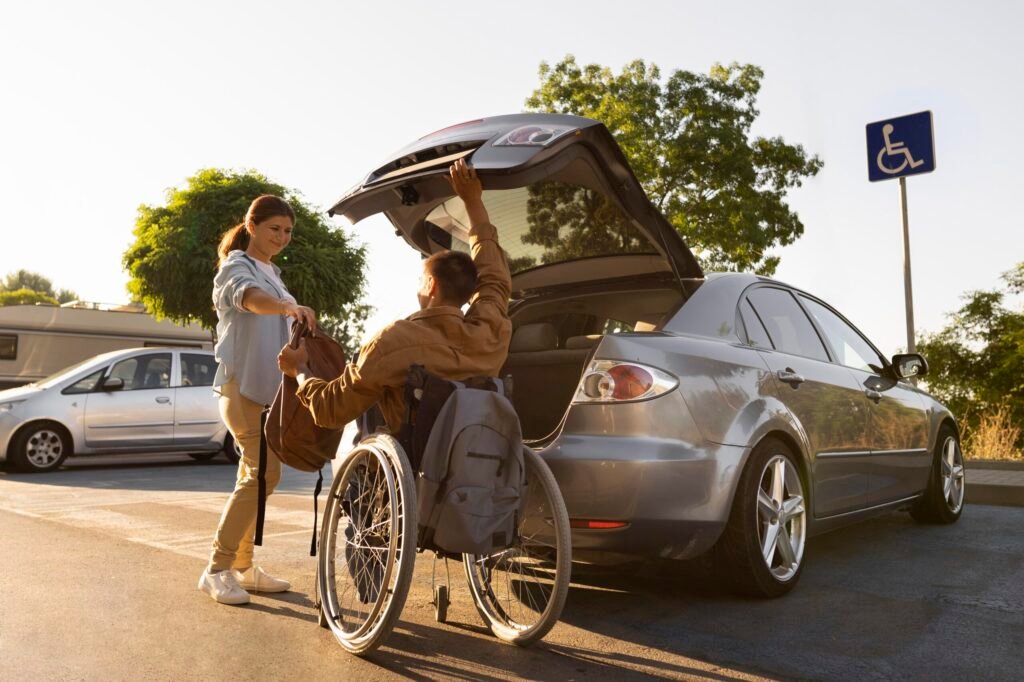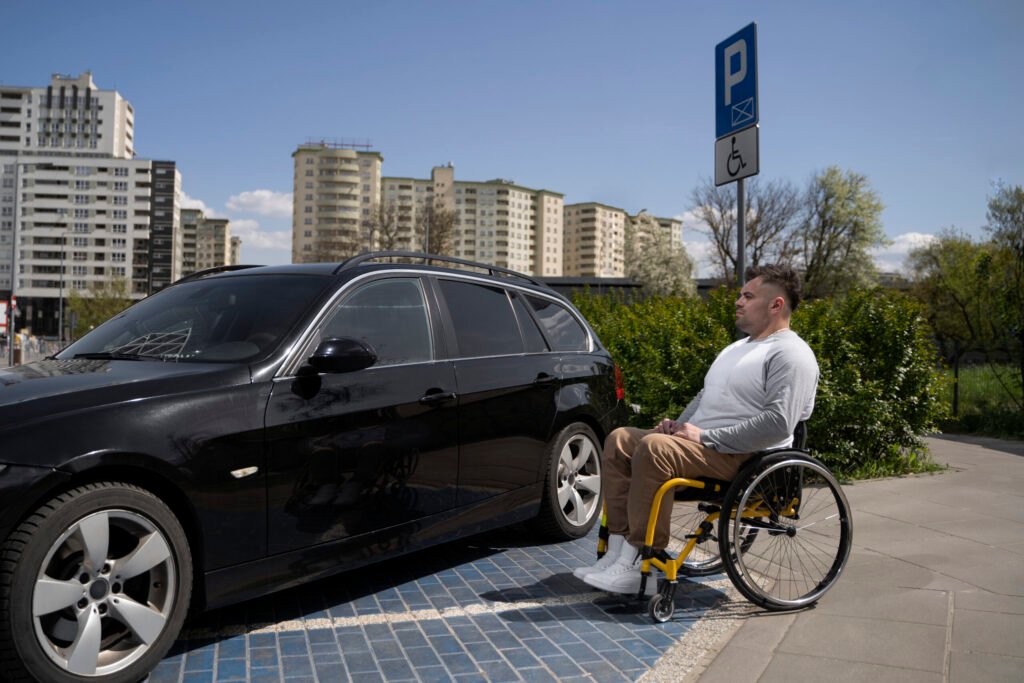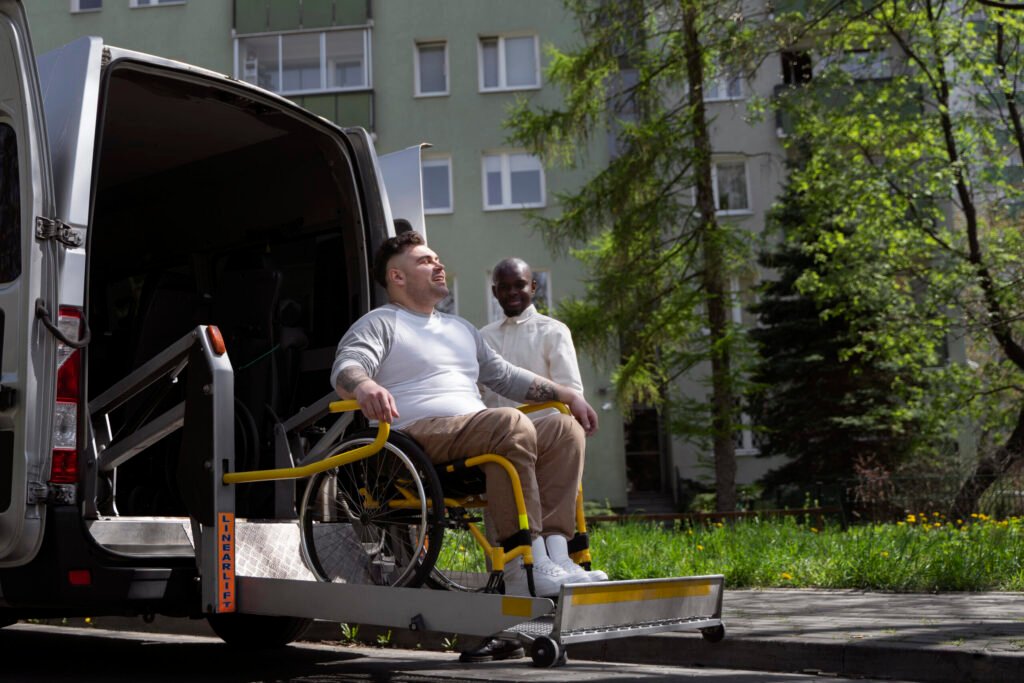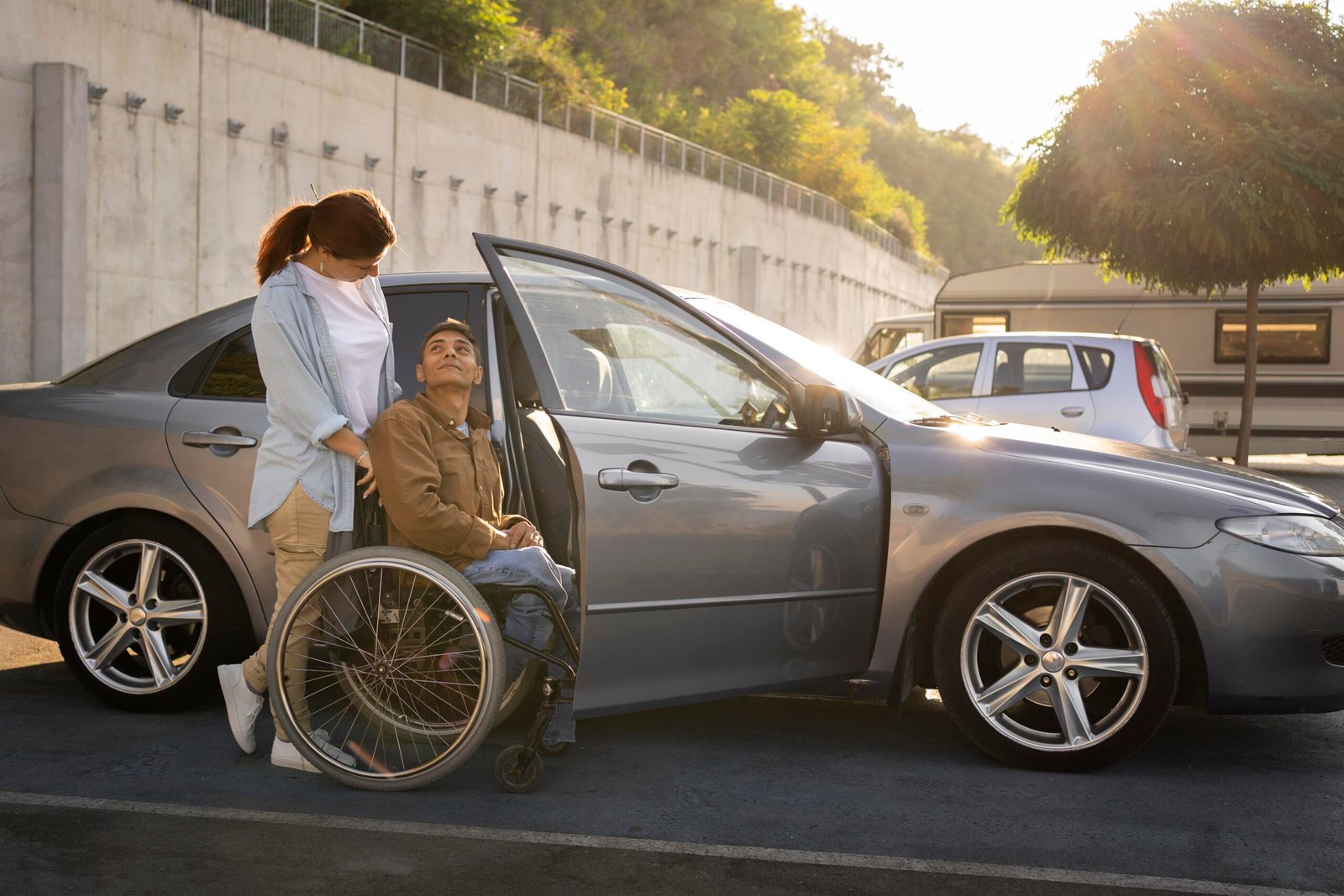Mobility is essential for independence, and for individuals who rely on electric wheelchairs, traveling by car can be a challenge without the right equipment. That’s where an electric wheelchair carrier for car comes into play. These carriers make it possible to transport powered wheelchairs easily and safely—whether you’re commuting, traveling long distances, or just running daily errands.

As more people seek greater freedom and accessibility, the demand for vehicle-compatible wheelchair carriers has grown significantly. This guide will help you understand what electric wheelchair carriers are, their benefits, challenges, real-world applications, and future trends to watch.
What Is an Electric Wheelchair Carrier for a Car?
An electric wheelchair carrier for car is a specialized device designed to securely transport a power wheelchair attached to a vehicle. It allows users or caregivers to load and carry the chair without needing to disassemble it or lift it manually.
There are three main types of electric wheelchair carriers:
1. Hitch-Mounted Carriers
These attach to the back of the vehicle via a hitch receiver. Many feature motorized lifts that raise the wheelchair from the ground and secure it in place.
2. Interior Carriers
Installed inside minivans or SUVs, these carriers often use automated lifting systems that stow the wheelchair inside the cargo space, offering protection from weather and theft.
3. Truck Bed Lifts
Designed for pickup trucks, these lifts hoist the wheelchair into the truck bed and secure it for transport.
For a general understanding of mobility devices, refer to Wheelchair on Wikipedia.
Key Benefits of Using a Wheelchair Carrier for Your Car
Choosing the right electric wheelchair carrier for car offers numerous advantages to users and caregivers alike.
1. Increased Mobility and Independence
A reliable carrier allows users to take their electric wheelchair anywhere—shopping centers, hospitals, parks, or vacation destinations—without needing specialized transportation.

2. Ease of Use
Many carriers include remote controls or automatic lift systems, minimizing the physical effort required to load or unload the wheelchair. This is especially valuable for elderly caregivers or individuals with limited upper-body strength.
3. Time-Saving Convenience
Electric carriers reduce the hassle of disassembling and reassembling heavy wheelchairs. Instead, users can secure the chair and be on the road in minutes.
4. Safety and Security
Modern wheelchair carriers include secure tie-down straps, anti-wobble devices, and weather-resistant coatings. These features help protect both the chair and vehicle occupants.
5. Vehicle Versatility
Many electric wheelchair carriers are designed to fit a wide range of vehicles—from sedans and minivans to trucks and SUVs—giving users flexible options without needing to invest in a special van.
Challenges and Limitations
Despite the many advantages, there are some limitations and challenges associated with electric wheelchair carriers.

1. High Initial Cost
Quality electric carriers with motorized lifting features can cost between $1,000 and $3,500, depending on features and compatibility. For some families, this upfront cost can be a financial barrier.
2. Vehicle Compatibility Issues
Not all vehicles are designed to support hitch-mounted or interior lift systems. You may need to install a compatible hitch receiver or modify the vehicle interior.
3. Storage and Space Requirements
Interior carriers reduce cargo space, while hitch-mounted units can extend the vehicle’s length and make parking more difficult.
4. Installation and Maintenance
Some units require professional installation and periodic maintenance. If not maintained correctly, motors, lifts, or straps can wear out and pose safety risks.
5. Weight Limitations
Electric wheelchair carriers come with weight capacities that typically range between 250 and 400 pounds. Heavier chairs may require customized or more expensive solutions.
Real-World Applications and Case Studies
Let’s take a closer look at how electric wheelchair carriers for cars are used in real-life scenarios.

Case Study 1: John’s Weekend Road Trips
John is a retired veteran who uses a power wheelchair for mobility. With a hitch-mounted electric carrier installed on his SUV, he enjoys regular weekend getaways with his family. The automated lift saves his wife from lifting the 300-pound chair, and the vehicle’s rearview camera helps with navigation even when the carrier is loaded.
Case Study 2: Mary’s Medical Commutes
Mary is a full-time caregiver for her son, who uses an electric wheelchair. A van-based interior lift allows her to stow the chair safely inside the vehicle without exposing it to the elements. The setup has made trips to the doctor and therapy sessions significantly less stressful.
Case Study 3: Hospital Transportation Services
Several hospitals and eldercare centers use electric wheelchair carriers on shuttle vans. These carriers enable safe patient transport to and from appointments without requiring fully accessible vans for each trip.
Future Trends in Wheelchair Carriers
As accessibility technology evolves, several trends are shaping the future of electric wheelchair carriers.
1. Smart Integration
Expect future carriers to integrate with smartphone apps for remote operation, diagnostic alerts, and security features.
2. Lightweight and Foldable Designs
Manufacturers are working on lighter materials like carbon fiber and foldable platforms that make installation and removal easier without sacrificing durability.
3. Universal Fit Systems
Future designs may feature modular components that adapt to various wheelchair and vehicle types, eliminating the need for custom modifications.
4. Sustainability Focus
Eco-conscious buyers will benefit from carriers made with recycled materials or those that include solar-powered lifting mechanisms.
5. AI and Sensors
Advanced models may include sensors that detect proper wheelchair alignment or notify users of improper loading to improve safety and efficiency.
FAQ – Electric Wheelchair Carrier for Car
What types of vehicles can use an electric wheelchair carrier?
Electric wheelchair carriers are compatible with many sedans, SUVs, minivans, and pickup trucks. The vehicle must have the appropriate hitch class or interior space.
Can I install a wheelchair carrier myself?
Some carriers are DIY-friendly, but others—especially those with motorized lifts—may require professional installation to ensure safety and proper wiring.
How much weight can these carriers support?
Most carriers support between 250 and 400 pounds. Always check the weight of your electric wheelchair and ensure it falls within the unit’s capacity.
Are electric wheelchair carriers weather-resistant?
Yes, many models include powder-coated frames and waterproof lift motors. However, using a protective cover is still recommended for long-term exposure.
Is a wheelchair carrier covered by insurance or Medicare?
In some cases, health insurance or Medicare may help cover the cost, especially if the carrier is deemed medically necessary. Always consult with your provider.
Conclusion
The electric wheelchair carrier for car has become an essential mobility tool for individuals who use powered wheelchairs and want to maintain independence. With options ranging from hitch-mounted lifts to interior carriers, today’s market offers a wide array of solutions to fit different needs and vehicle types.
While cost and compatibility may present hurdles, the long-term value in freedom, safety, and convenience is clear. As technology continues to evolve, future carriers promise even greater ease of use, smart features, and universal accessibility.
If you or a loved one rely on an electric wheelchair, investing in the right carrier can transform your daily travel experience.




